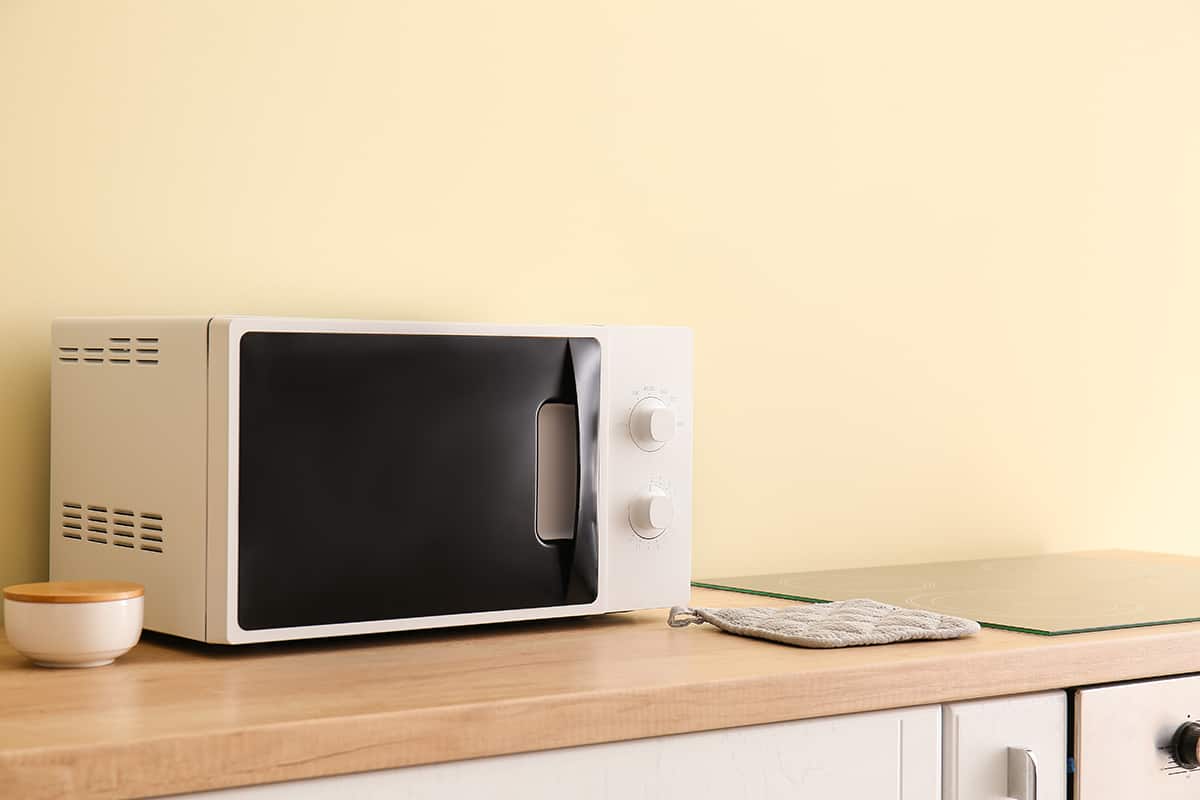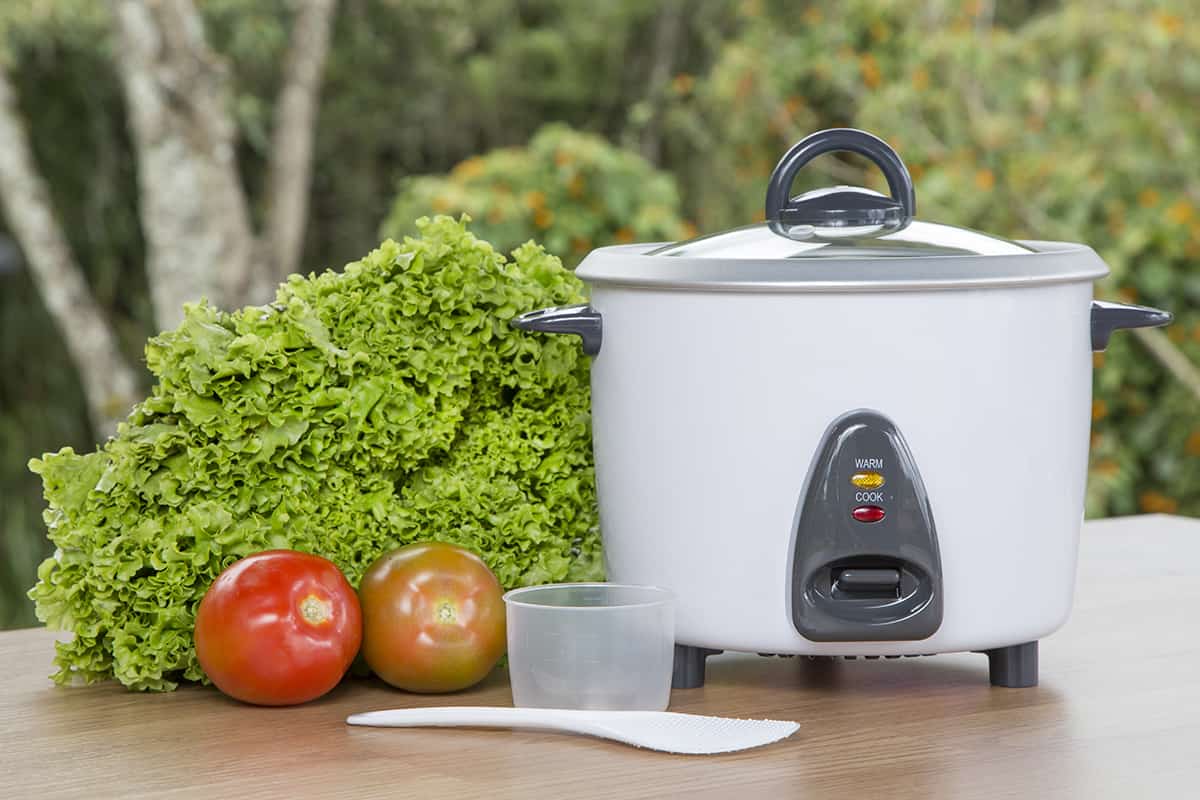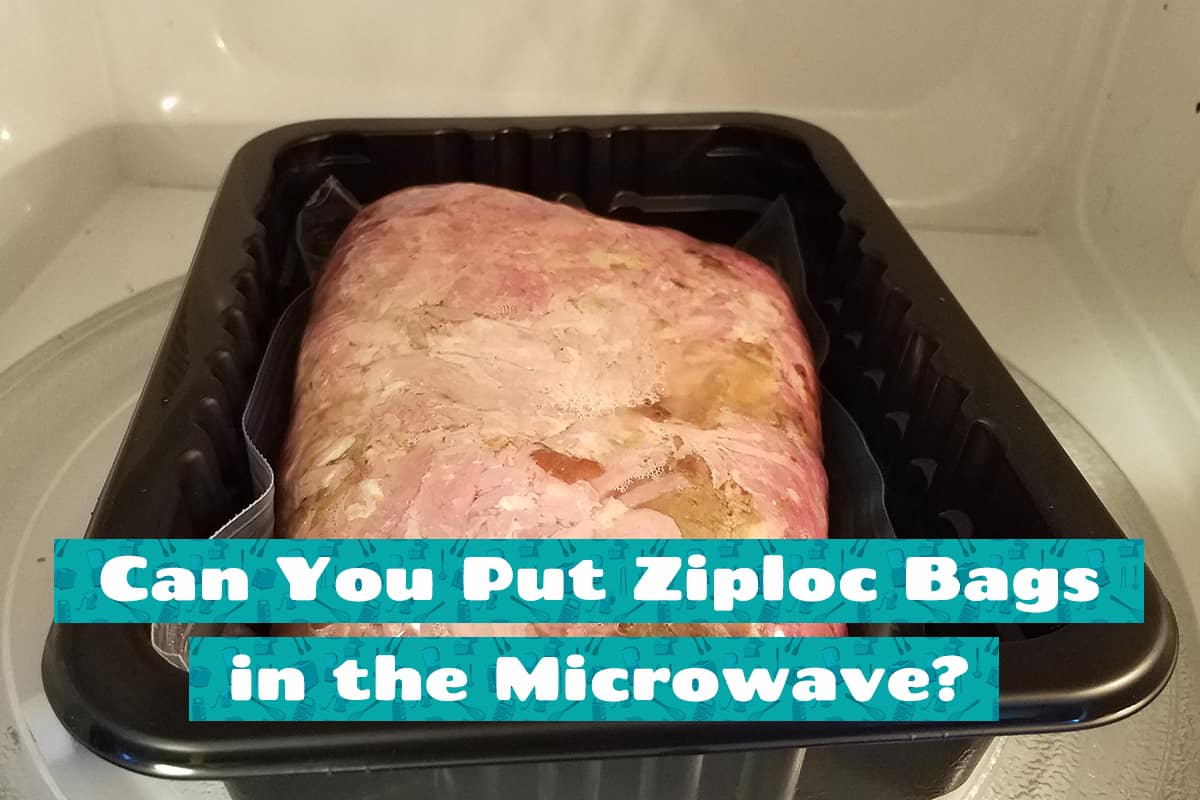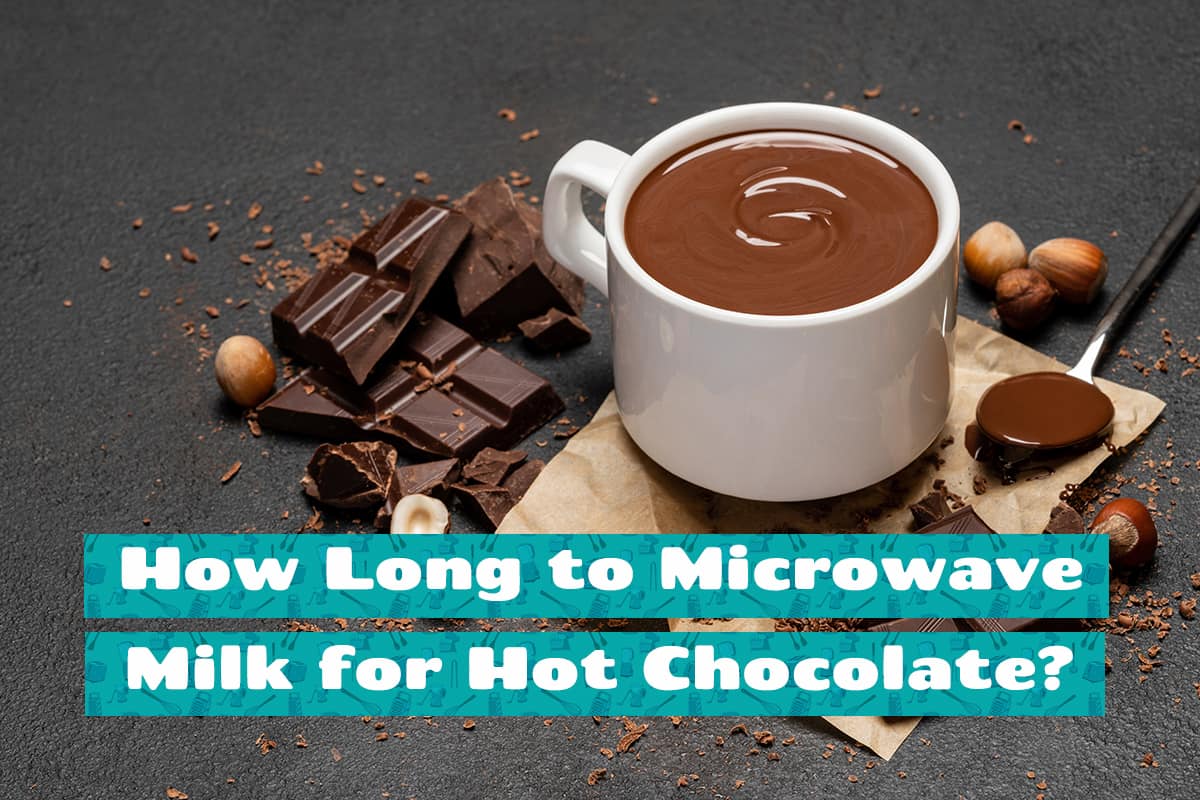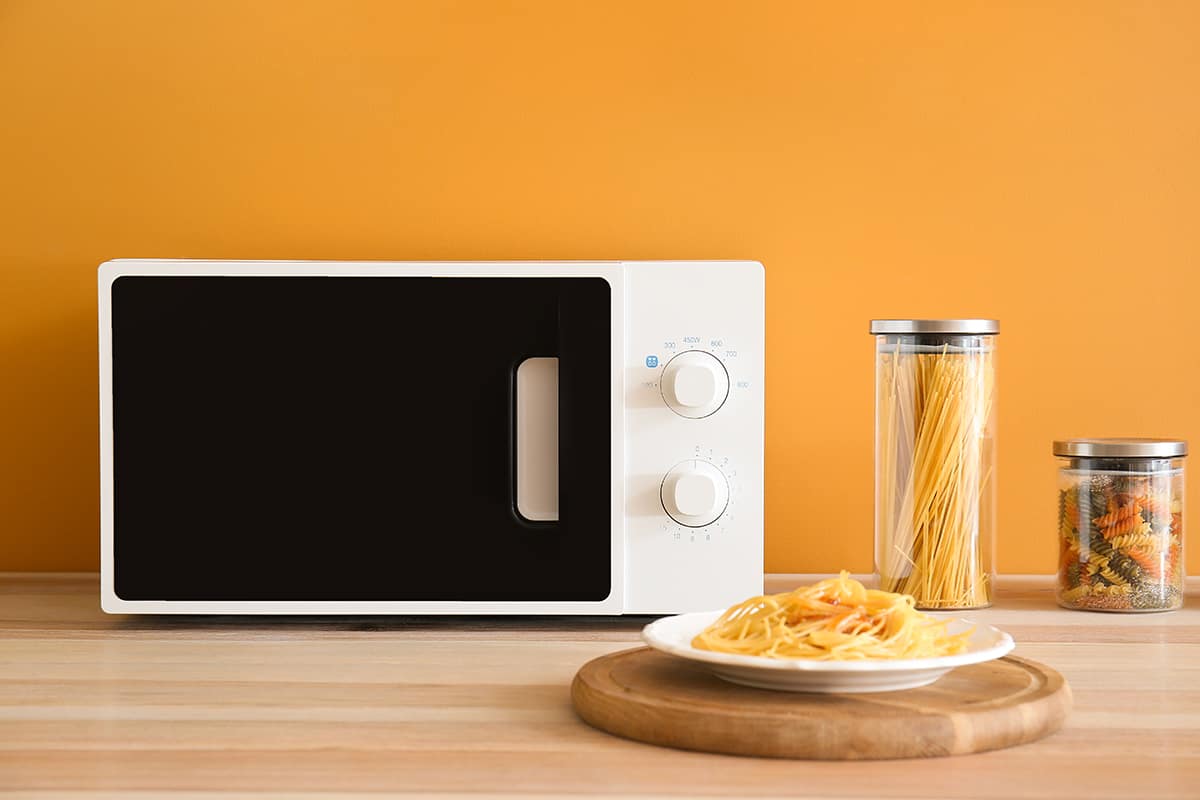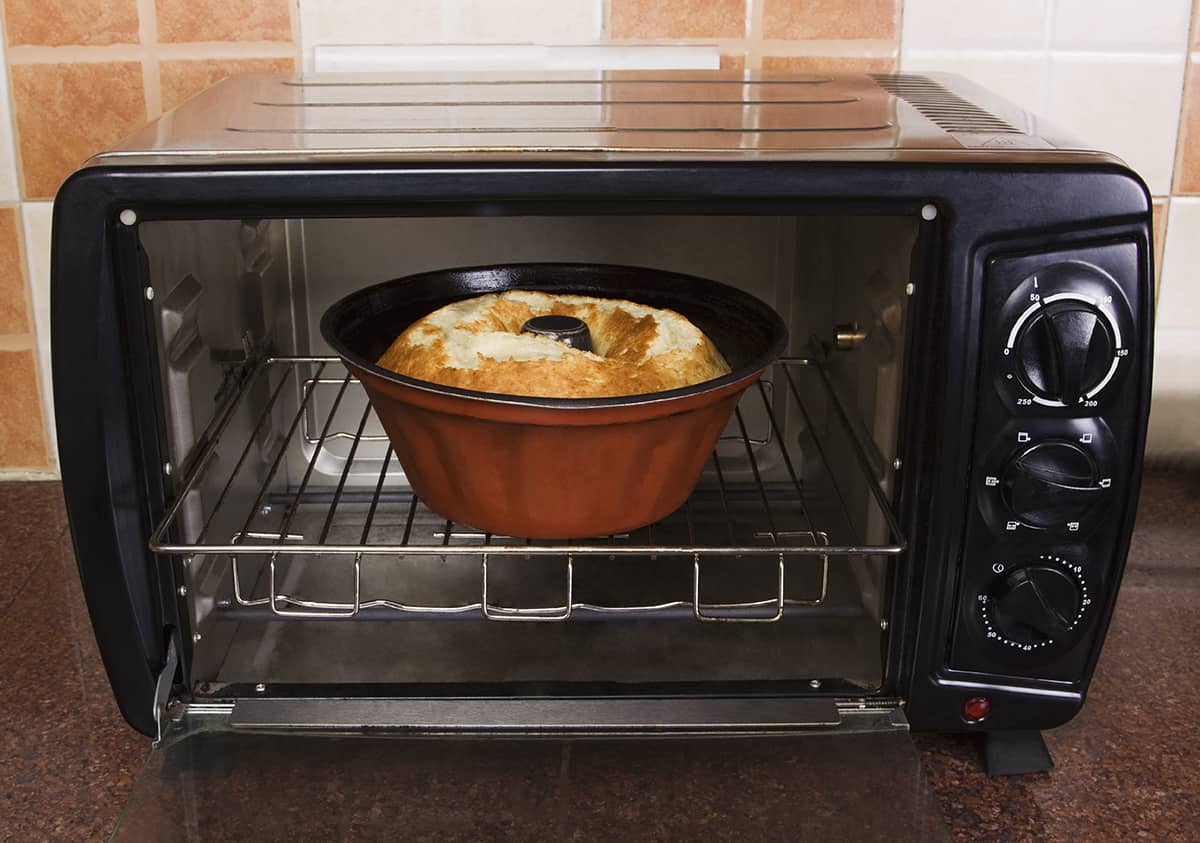Microwaves are commonplace in almost every home kitchen. We use them to heat up the outsides of food while leaving the centers stone-cold. But have you ever wondered how hot the inside of a microwave gets?
Although microwaves do not produce heat, they can raise the temperature of food and liquid to 212°F (100°C).
Today, I’ll describe how microwaves work, how hot they can get, and whether or not nuking food in a microwave destroys nutrients.
How Do Microwaves Work?
According to the FDA, there is an electron tube in every microwave known as a magnetron. The magneton produces microwaves that bounce off the metal interior of the microwave. However, when the microwaves reach your food, they don’t bounce around but rather, they increase the temperature of the moisture inside your food.
Contrary to popular belief, microwave radiation does not cook food from the inside out. Like traditional cooking methods—i.e., transferring heat to food via an open flame or induction—the microwaves will reach the exterior of your food, heating up the water molecules there before they have a chance to reach water in the center of your food. This is why your microwave burrito feels hot to the touch but still contains ice crystals when you bite into it (gross).
How Hot Does a Microwave Get?
Unlike ovens and stoves, microwaves do not produce any heat at all. So, after defrosting a frozen chicken in the microwave for 15 minutes, the inside of the microwave will not feel warm to the touch. All of the heat inside the microwave will come from microwaved food.
So, how hot can food get in a microwave? Basically, microwave cooking temperatures are limited to just 212°F (100°C)—a.k.a., the boiling point of water. That said, you will also have to consider the thermal properties of various food types. For instance, meat can be heated up to beyond 212°F in a microwave oven, whereas a glass of water will reach a maximum temperature of 212°F, with the exception being pure, filtered water in an undamaged (no cracks, no scratches) container.
Just in case you’re wondering, yes, it is possible to burn food in a microwave. Remember: the water in your food is heated up to 212°F. When food is exposed to 212°F water for too long, it will become hard (meats), mushy (fruits and vegetables), or overly concentrated (stews, soups, chowders, etc.).
What Affects Microwave Heating?
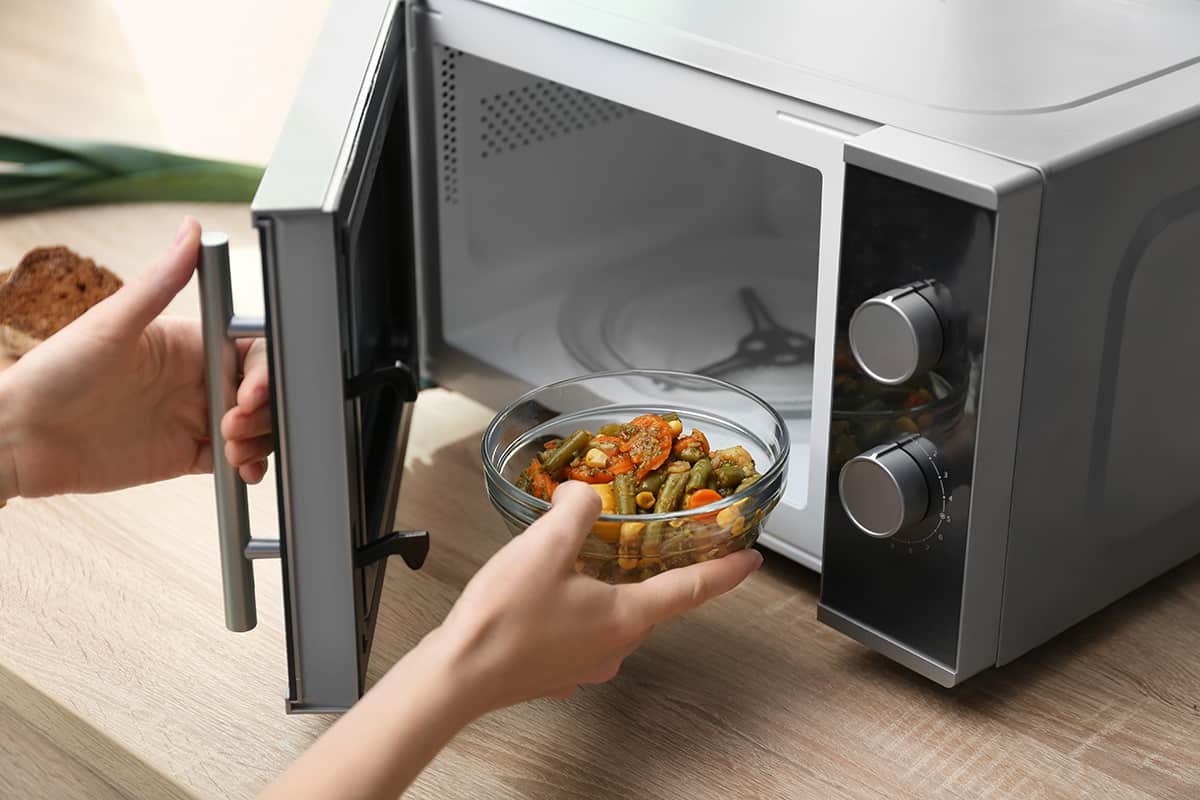
Although all household microwaves apply an identical principle for cooking food, not all microwaves are built the same. There are several factors that come into play to determine how much hot your food becomes during a specific microwaving timeframe.
Microwave wattage
One of the first things that you see to separate one microwave from another is the wattage rating. Essentially, wattage refers to the power output of a device. The higher the wattage is, the more power it outputs. In the case of microwaves, higher wattage means the microwave will heat up food more quickly.
Microwaves generally range between 500 and 1,200 watts. More powerful microwaves will have all sorts of heating capacities, including crisping/convection, grilling, and even cooking pizzas. Low-watt microwaves will be limited to defrosting and reheating.
A very general method of gauging how powerful a microwave is based on its wattage is by reducing reheating times by 10% for every 100 watts after 500 watts. So, for instance, an 800-watt microwave will heat up food 30% faster than a 500-watt microwave and 30% slower than a 1,100-watt microwave.
Moisture content
Again, microwave radiation looks for water molecules to heat up. It will essentially increase the temperature of the water content in your food, from the outside in, to heat or cook food. The more moisture there is in your food, the quicker and more evenly the food will head in a microwave.
Shape and amount of food
Similar to cooking something on a stove or in an oven, the more food there is in a microwave, the longer it will take to heat up. This, combined with moisture content, will make it fairly easy to reheat soups and stews, whereas reheating large loaves of bread can take considerably more time.
Also, placing food in a single layer on a microwave-safe dish will allow it to heat up more thoroughly. What might surprise you is that layering your food—i.e., placing a plate of food on a rack above another plate of food—will not significantly affect much heat your food receives.
Can a Microwave Overheat?
So, if a microwave doesn’t transfer heat to cook and reheat food, is it possible for microwave ovens to overheat? Yes, it is. After all, a microwave oven runs on an electric motor that is in charge of activating the magnetron, the turntable, the lights, the cooking modes, and everything in between.
That said, it can be incredibly rare for microwaves to overheat. However, if you really want to test your microwave’s luck, inserting dry food or objects can cause a microwave to overheat and trigger the auto-shutoff feature. Something else that will trigger this feature is if you place metal inside a microwave.
For the most part, your microwave fan will inform you of how susceptible it is to heat failure. The fan isn’t just responsible for lowering the temperature of the magnetron, but it also releases heat from your food to your kitchen. If the fan shuts off for whatever reason while the microwave is still active, there is a greater chance that the microwave will heat up and, hopefully, shut down automatically.
Does Nuking Food in a Microwave Destroy Nutrients?
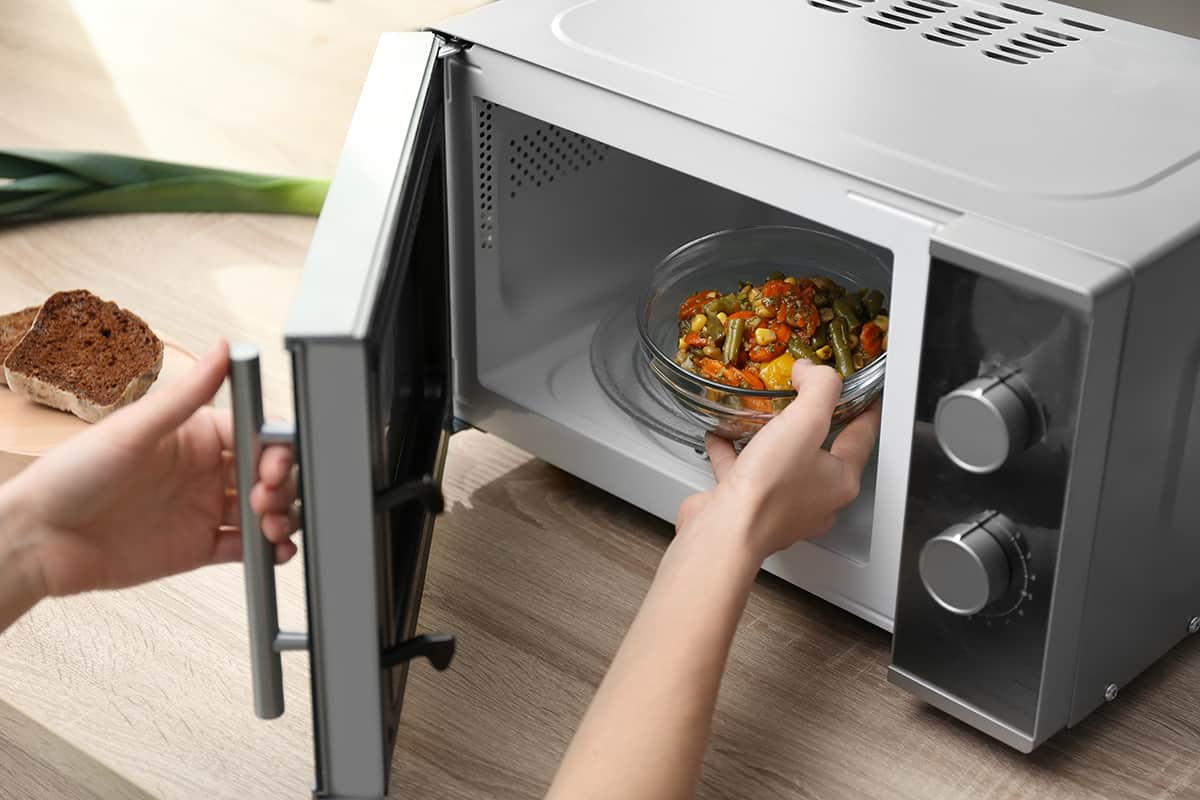
Something many of us grew up hearing about is how microwaving (a.k.a., “nuking”) food destroys all of the precious nutrients. Is this myth or fact?
Well, it turns out that we were all fed lies as kids. Microwaving does not destroy nutrients. In fact, microwaving food can actually preserve the nutrient content of various food items.
Heat is nutrients’ worst enemy. The longer your food is exposed to direct heat, the more the nutrients will break down. So, pan-frying, grilling, roasting, baking, and broiling your food is doing what we were all afraid microwaves would do.
Microwaving food, on the other hand, does not expose food to direct heat. For the most part, the only thing that heats up is the water content, which will almost always evaporate regardless of what cooking method you employ. Microwave radiation spends less time in your food while bringing its internal temperature higher at a quicker rate. Virtually, your food spends less time in the heat.
Tips for Using a Microwave
Most of us probably grew up microwaving everything under the sun, including frozen dinners for those lonely Netflix-and-chill-less nights. As such, you might think that there’s nothing new about microwaves you can learn.
Well, take a look at these tips and see which ones of them you didn’t know of beforehand.
Microwaving onions reduces tears
Maybe you’ve heard about freezing onions to keep their tear-jerking gases at bay. But if you don’t have 30 minutes to let your onion chill, you can place it in a microwave for 45 seconds to achieve identical results. Microwave radiation will break down the chemical compounds in an onion, allowing you to slice bulb after bulb without crying a river.
Dehydrating herbs
Fresh and dried herbs have vastly different properties. If you want to add a more potent aroma to your dish, try microwaving herbs for 3 to 4 minutes while rotating the herbs every 30 seconds.
Toasting nuts
This particular trick only works if you have a convection microwave. Simply place your nuts in a microwave-safe bowl and cook them in 60-second intervals. Examine the toastiness of the nuts every time the microwave’s timer expires to see whether or not you need to cook them for an additional minute or 2.
